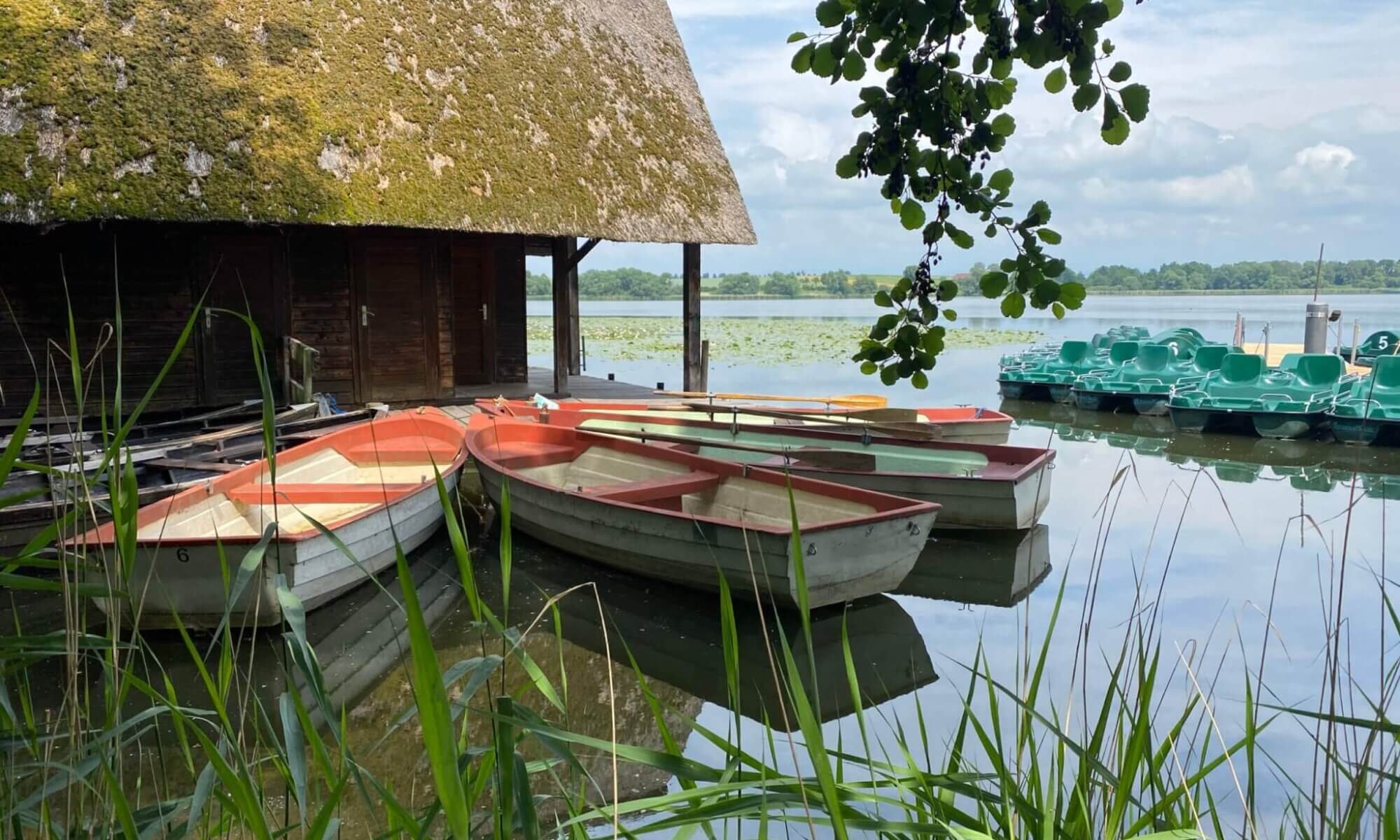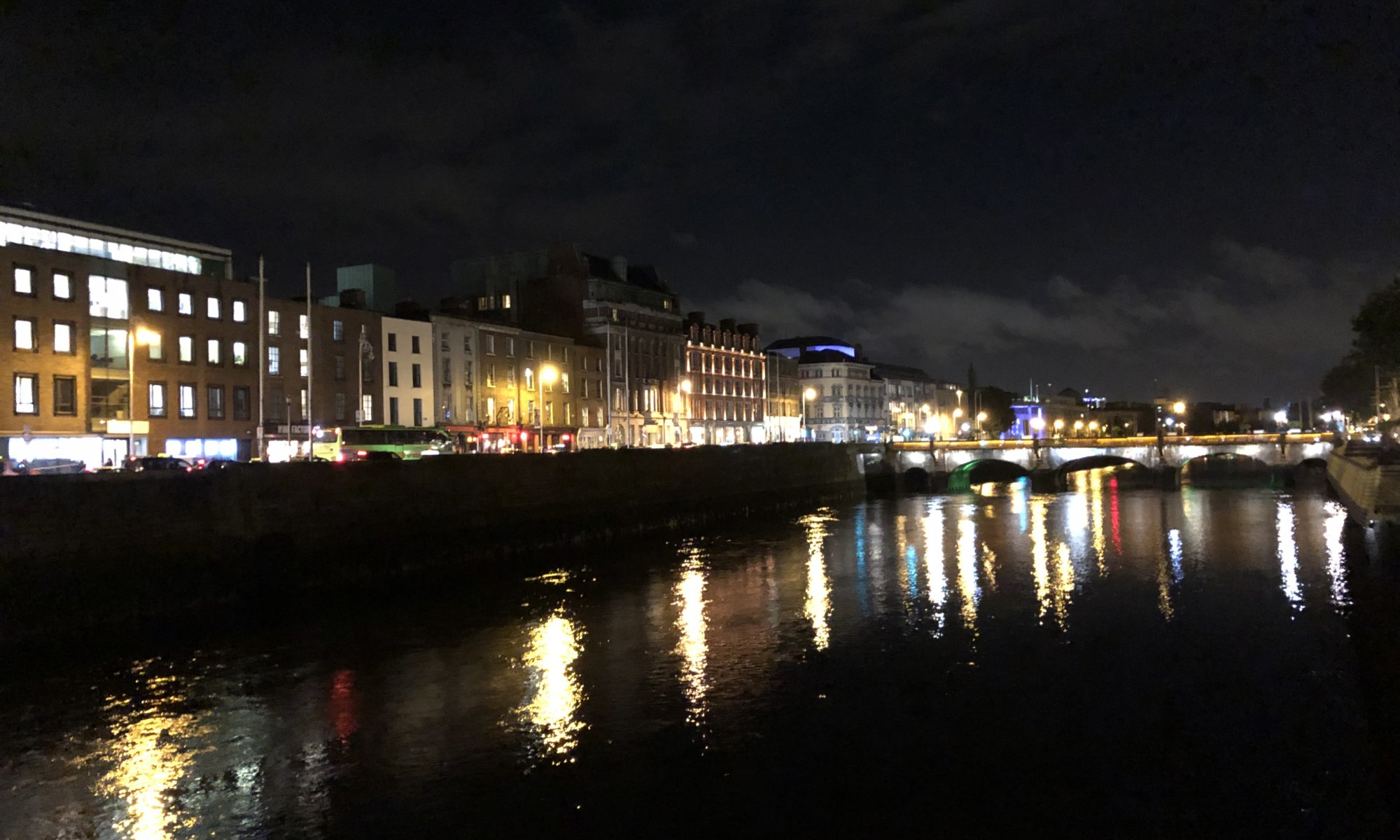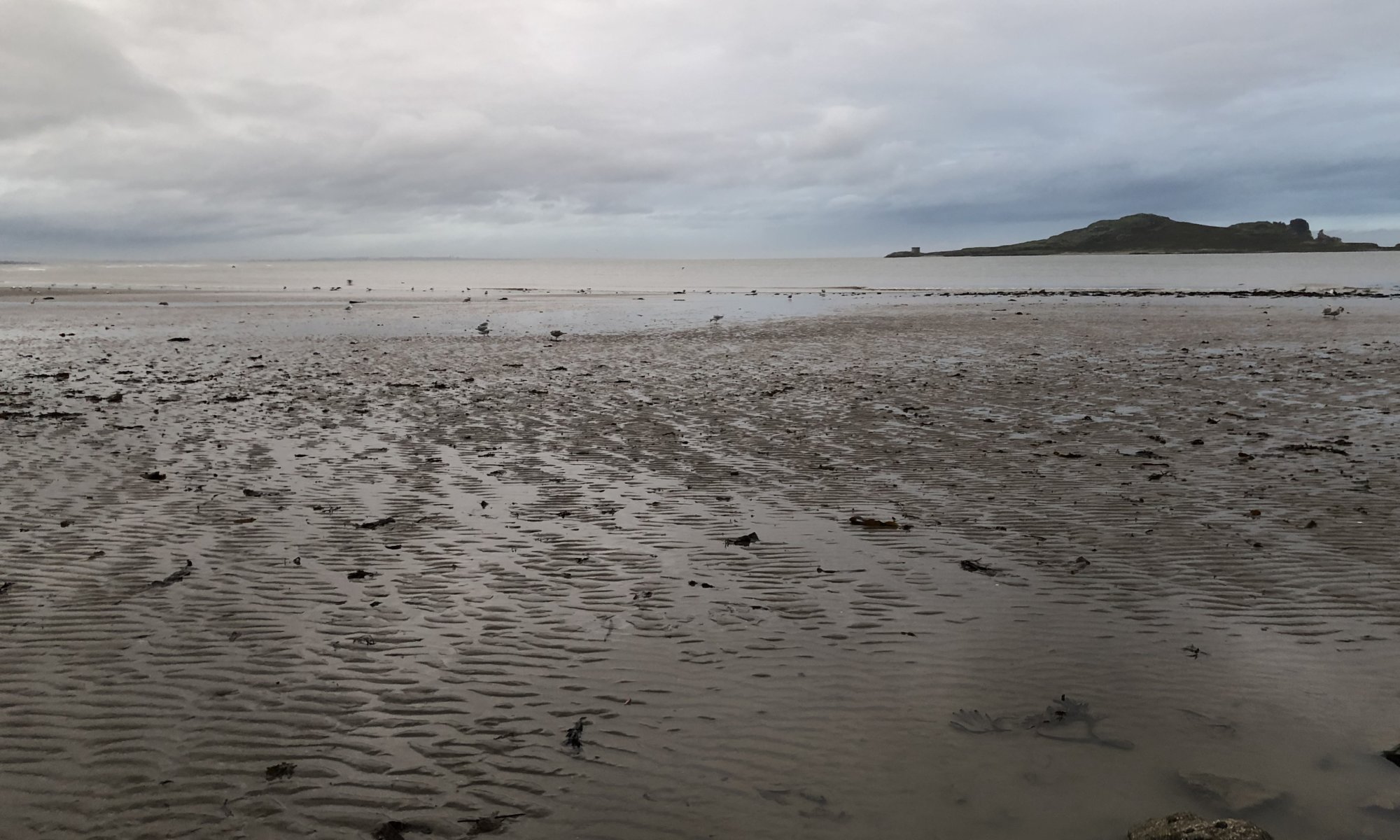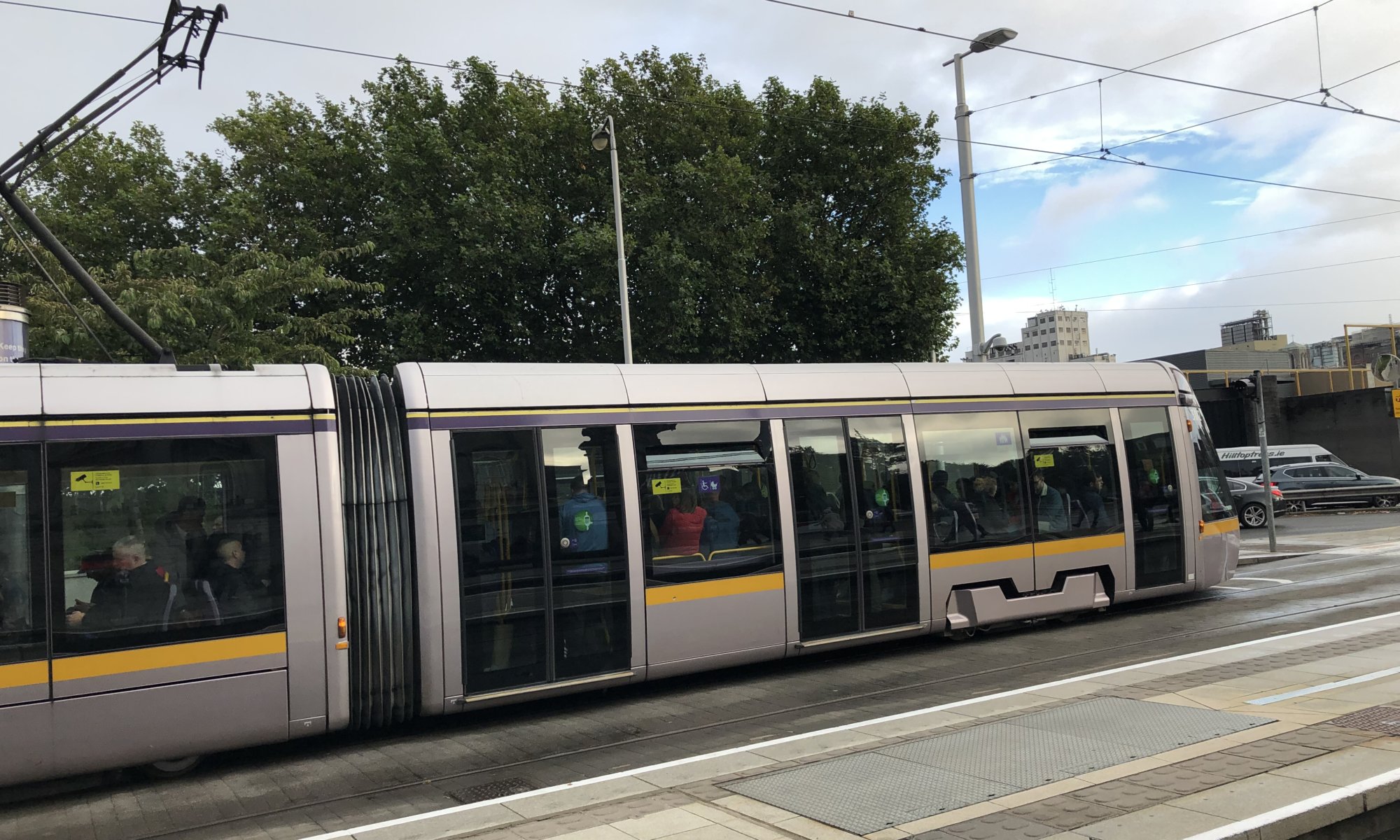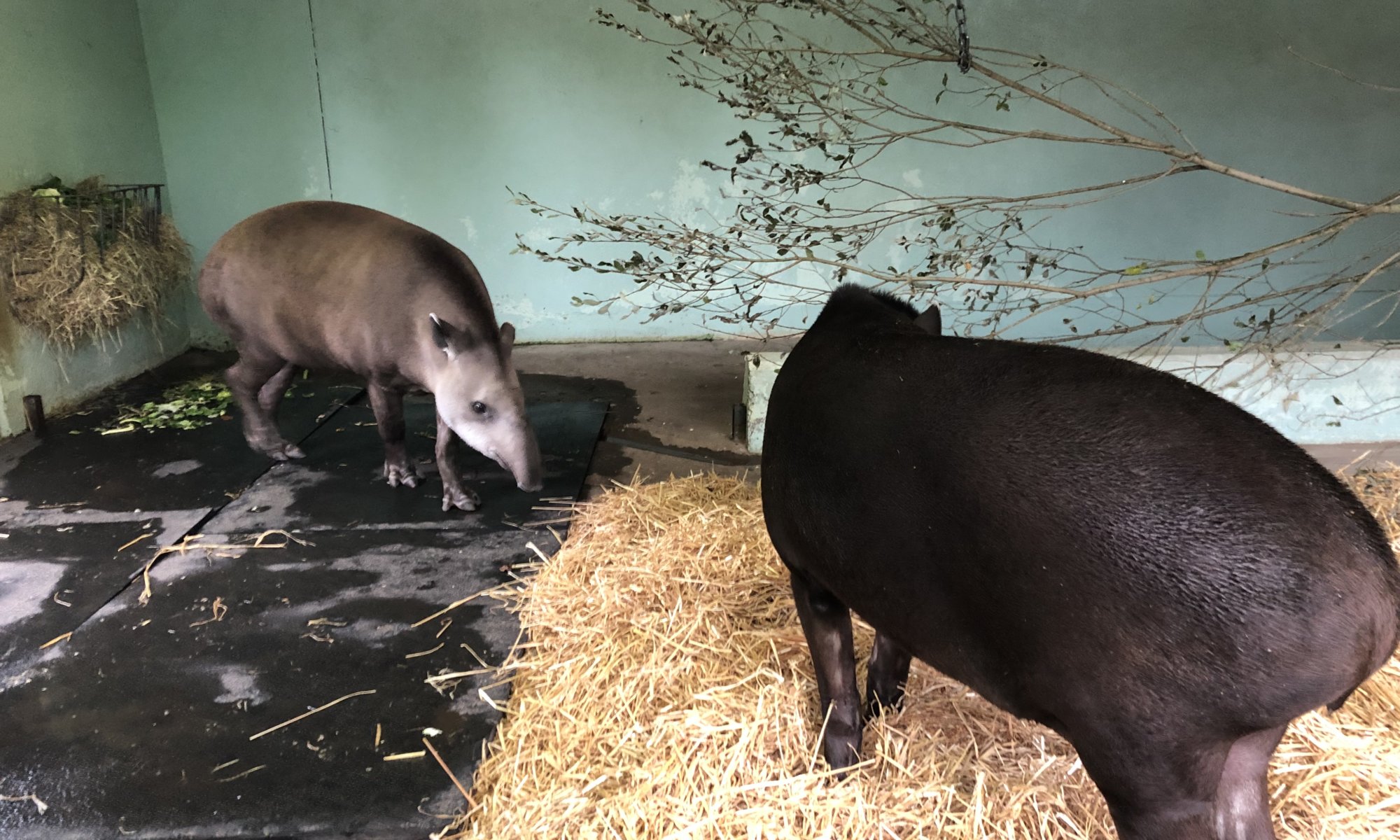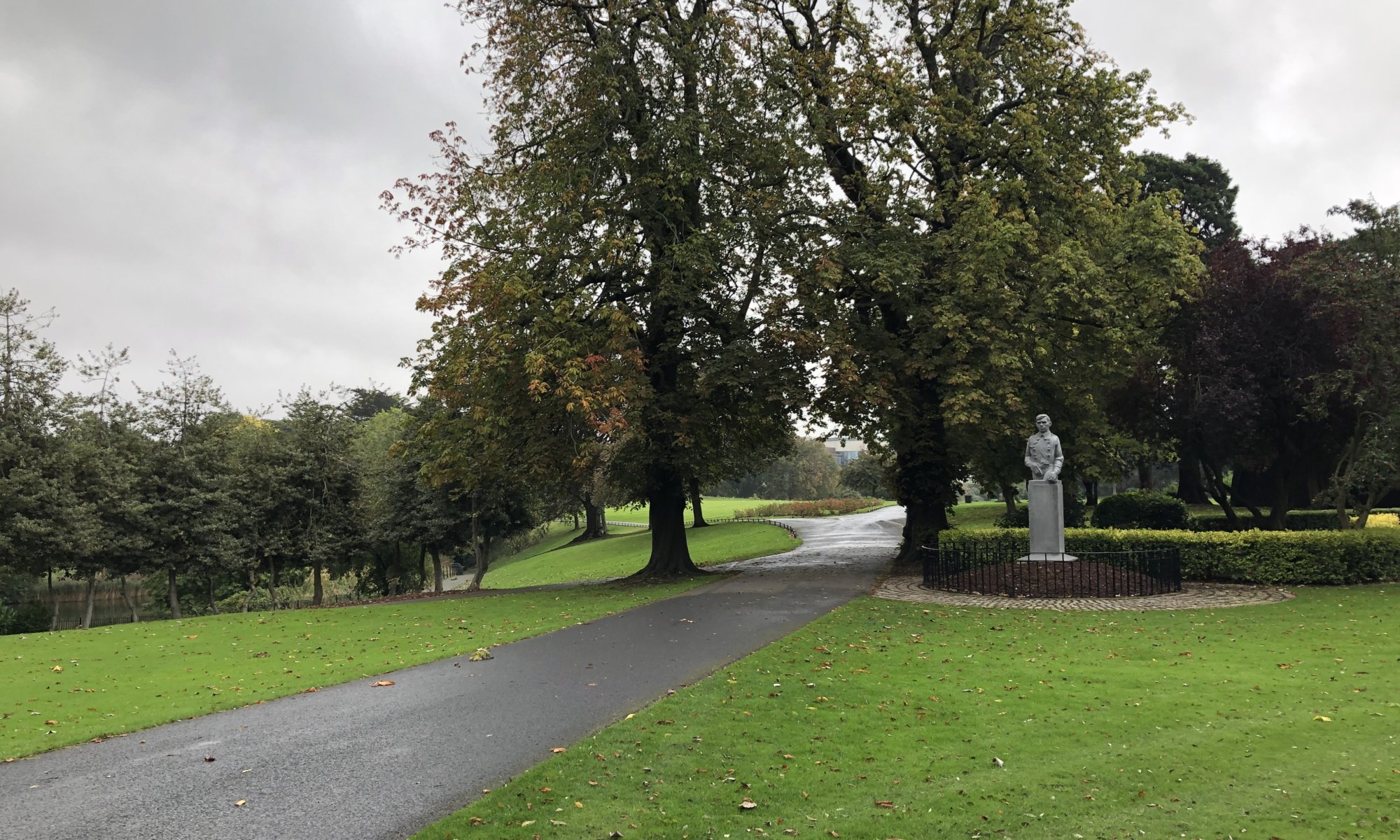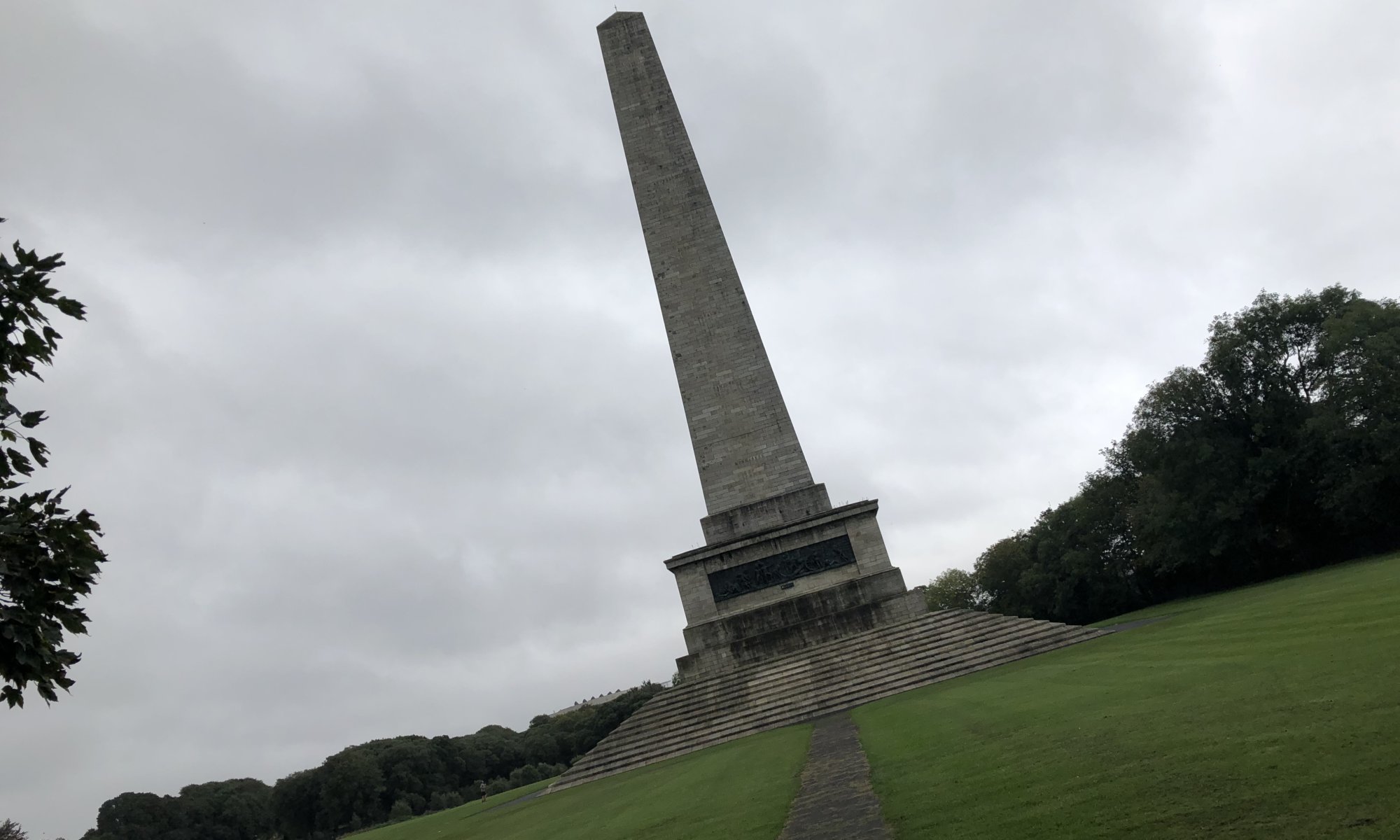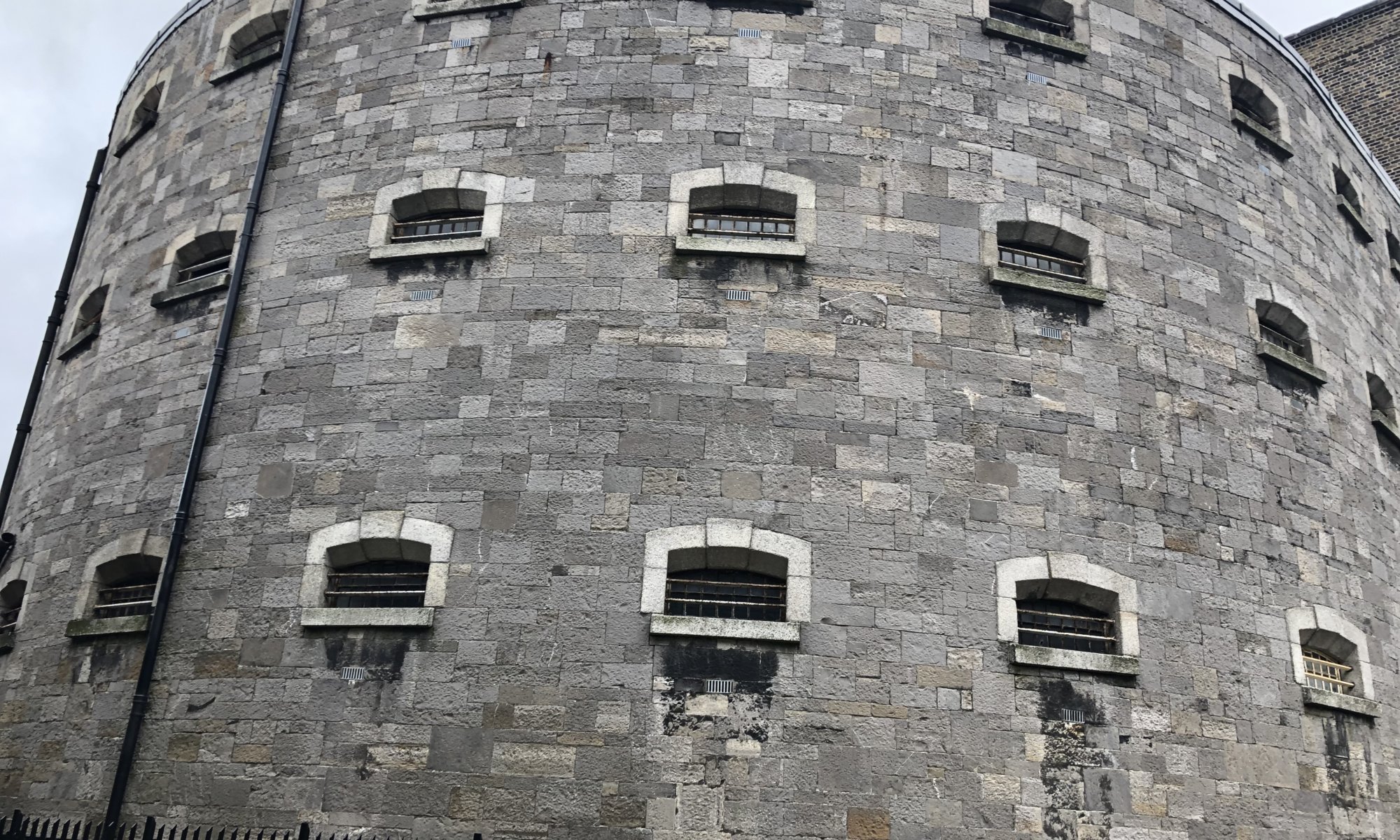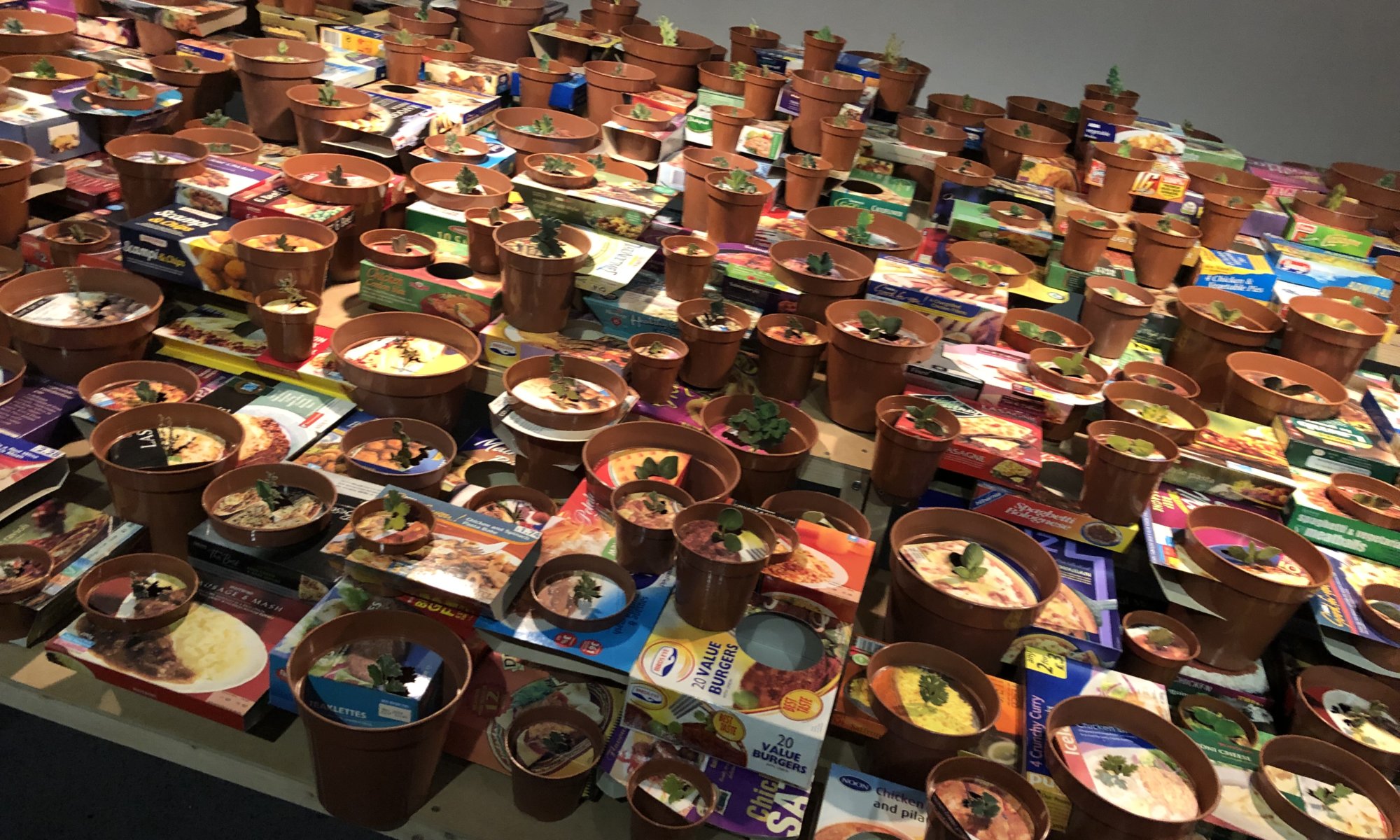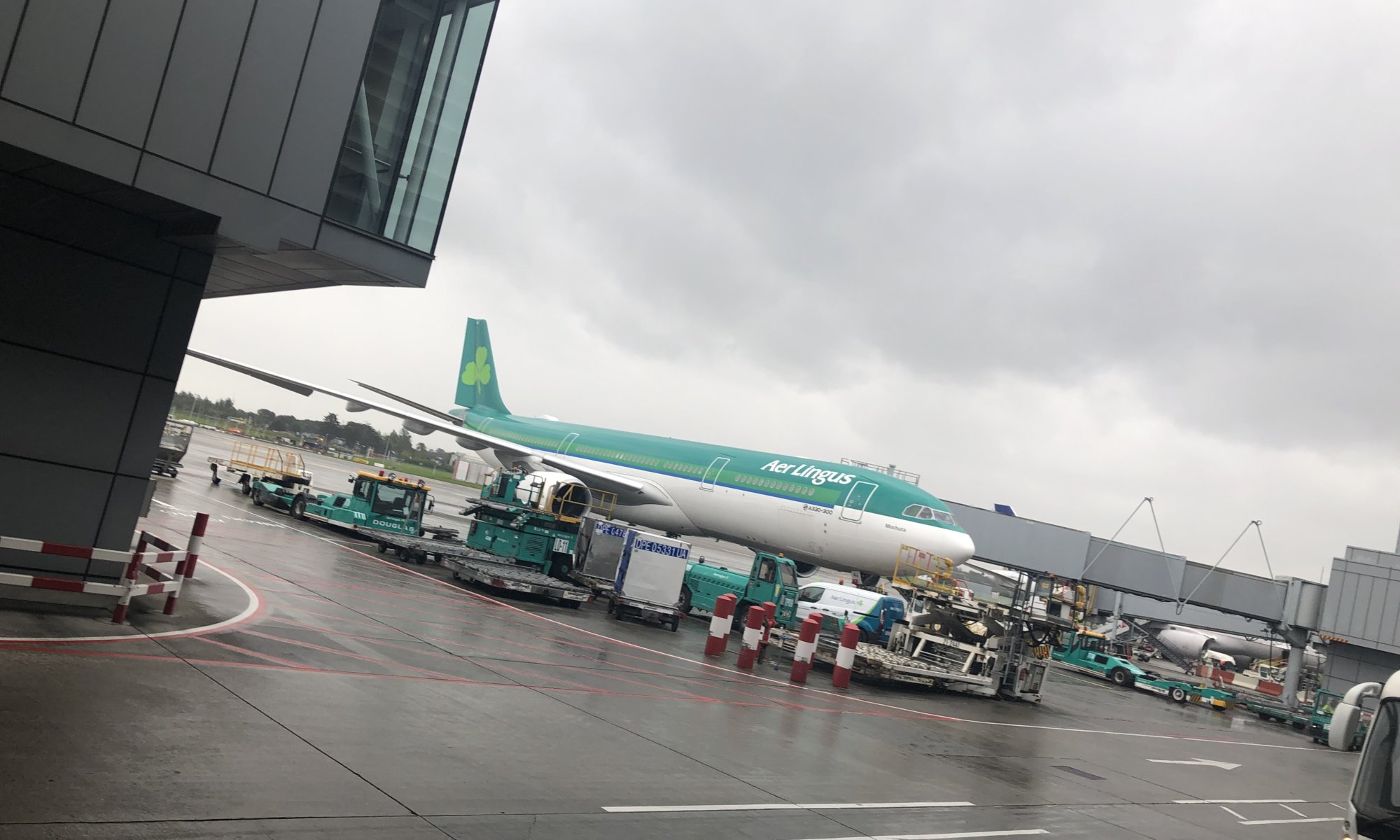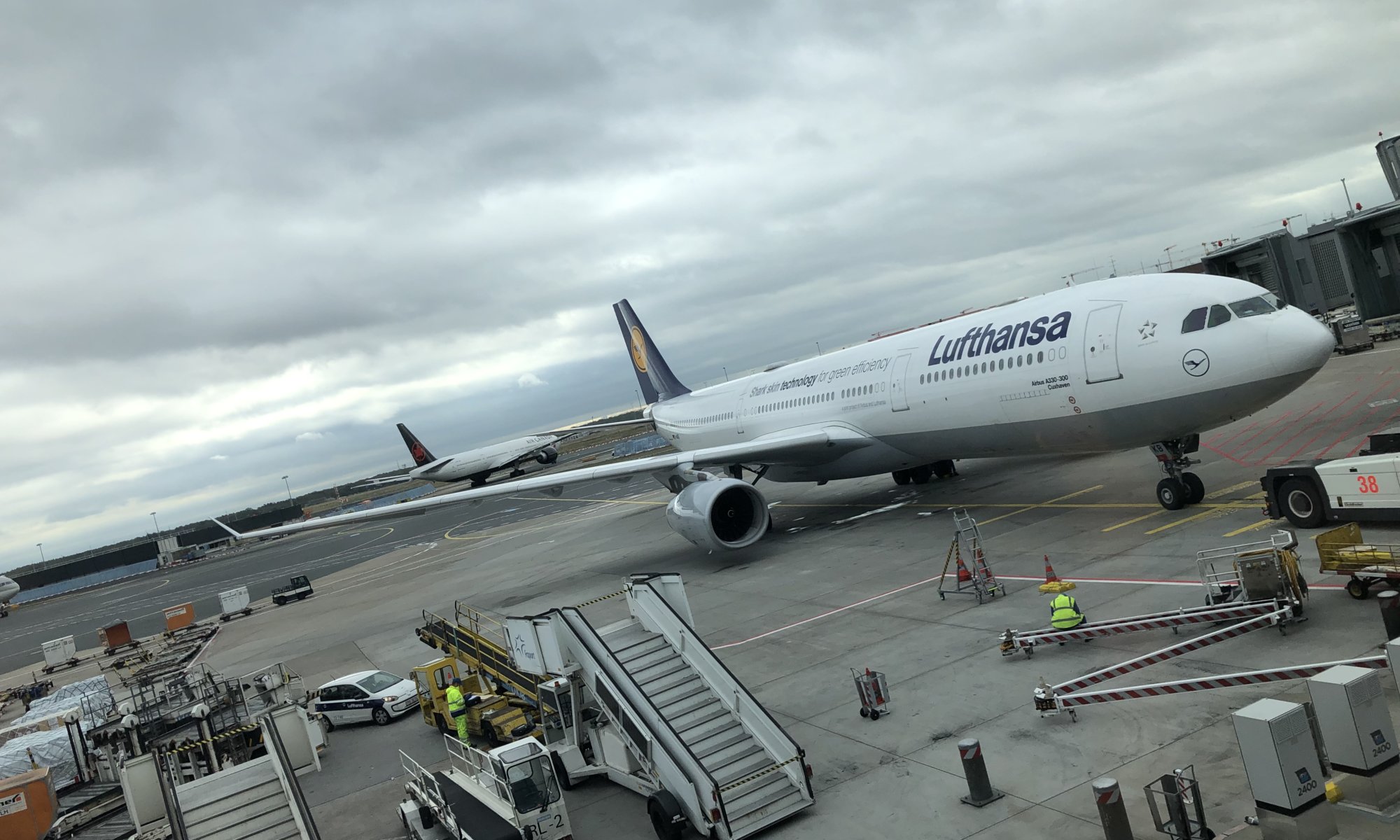If you get to Dublin, Ireland, you will definitely stumble open the river Liffey. It runs through the city centre from East to West and at its shore, you will find good hotels, restaurants and bars. Unfortunately, they don’t really make use of the river there – next to the water there is on both sides a road. How beautiful this area could be if there would be a pedestrian zone. It is 125 meters long and has its main source in the county Wicklow not far away from Dublin where it runs into the Irish sea.
Continue reading “Liffey”Binn Éadair
Dublin, the capital city of Ireland is located close to the Irish sea. But when you’re roaming through the city you will not see much water – with the exception of the river Liffey. If you want to experience some sea-side life you can go to Howth, a fishermen’s village on the sea. Get there by taking the DART (Dublin Area Rapid Transit) train starting at the Connolly station. It was the first and only time I had problems with language in Ireland: I was going to the right railway track were the trains to Howth should leave – and the train was going to Binn Éadair instead. I had to ask a local to understand that this is just the Irish name for that place – and it even sounds much better.
Continue reading “Binn Éadair”Luas, busses and the DART
Getting around in Dublin, Ireland with public transport can be a bit confusing in the beginning but is quite simple once you know how to do it. The city feels like a beehive of different busses, but there are also tramways, the DART and normal trains. The first contact with public transport system will for sure be at the airport – where you can catch the busses 747 and 757 that bring you within 30 minutes on different routes to the city center.
Continue reading “Luas, busses and the DART”Dublin zoo
The zoological garden of Dublin, Ireland, is the largest zoo in the country and one of the oldest in Europe. It was opened in 1831 and you can have a very long walk within the 28 hectares of ground. When I was there I was seeing rather few animals – but it was rather late and bad weather, most of them were inside. One of the former inhabitants we all know: the lion Cairbre (born 1927) was the face of Metro-Goldwyn-Mayer and we all saw it already multiple times before a movie started.
Continue reading “Dublin zoo”Phoenix park
The Páirc an Fhionnuisce or Phoenix park is a vast garden in Dublin, Ireland, and one of the largest parks in a city in Europe. Its name doesn’t point to the legendary bird that can rise from the ashes; it comes from the Irish words fionn uisce which mean ‘clear water’. It is located in the East of the city and you can easily reach it from the luas stop ‘Museum’ and it is also a good option for a next stop if you visit Kilmainham Goal or the Museum of Modern Art.
Continue reading “Phoenix park”Wellington
While walking through Phoenix park in Dublin, Ireland, you might stumble open a giant memorial: the Wellington monument. With 62 metres it is the highest obelisk in Europe. It commemorates the victories of the Iron Duke, Arthur Wellesley, 1st Duke of Wellington. He won against Napoleon at the famous Battle of Waterloo in 1815 and was serving twice as a prime minister of the United Kingdom. But he also fought in other parts of the world like in the Netherlands or India.
Continue reading “Wellington”Kilmainham Goal
The most important sight at Dublin, Ireland – and all tourist guides and guide books share this view – is a jail. Kilmainham Goal is a typical jail of the Victorian era located in the city quarter Kilmainham in the west of the city. It was built in 1796 and plays an important role in the history of Ireland: when in 1916 the Easter Rising happened and Irish rebels fought against British occupation, this was the place the caught fighters were brought to. The Easter Rising was unsuccessful, the rebels were executed in Kilmainham Goal – but their goal was partially achieved in 1922 when Ireland became a free state.
Continue reading “Kilmainham Goal”Irish Museum of Modern Art
When you search for the Irish Museum of Modern Art (IMMA) at Dublin, Ireland you’ll have to walk through a residential zone in the city quarter Kilmainham. A road winds slowly up the hill towards the old Royal Hospital. A sign tells dog owners where they can enjoy a walk with and train their dogs. And when you’re standing in front of the ancient hospital building you still don’t have a clue what to find inside.
Continue reading “Irish Museum of Modern Art”Aerfort Bhaile Átha Cliath
A nice medium-sized airport located 10 kilometres north of Dublin, Ireland. The Aerfort Bhaile Átha Cliath was opened in 1940 and welcomes around 30.000.000 travellers each year. It is the home base of Aer Lingus and some cheap airlines like famous Ryanair. The airport is separated into two interconnected terminals and it is not a long walk between them.
Continue reading “Aerfort Bhaile Átha Cliath”Superfluous flight
Most people might not get into the situation of not using a flight they booked. But what to do if this happens to you? Cancel it, get a refund – that might be the first thought. However pretty often flights are non-refundable. So why not just ignore the fact that you’re booked on a flight and just don’t do a check-in. That might be okay if it is the only flight you booked. If you’ve booked a flight back home afterwards or an onward journey within the same booking, not cancelling a superfluous flight segment can bring you in serious trouble.
Continue reading “Superfluous flight”